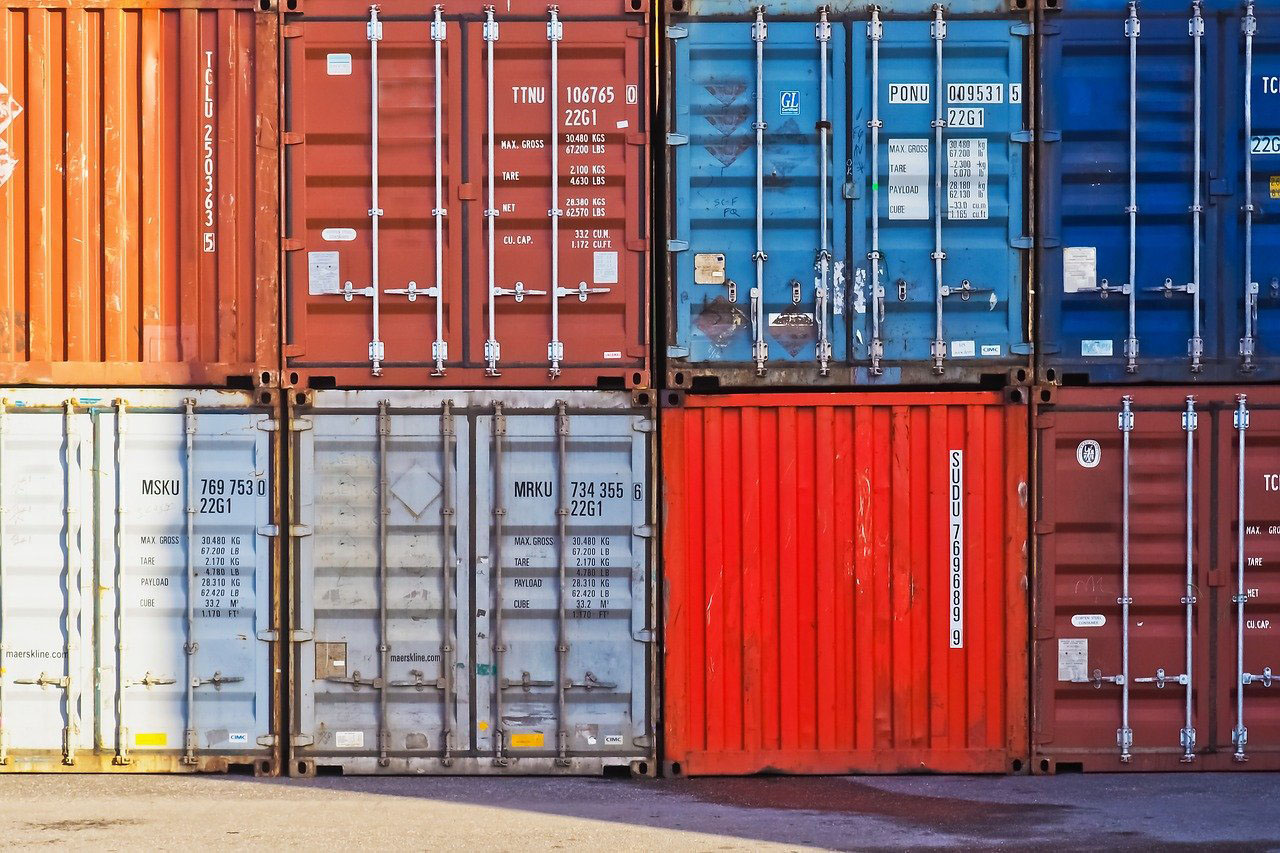As an Australian freight forwarder, the state of the supply chain business and the overall state of the global logistics has been concerning. With more strategic changes and amendments being made to sustain and keep the industry going the amount of poling empty containers in Australia should be a concern to us all in the freight and logistics world. More and more container are being piled up in container holding spaces all over Australia. From the pandemic-cased chaos, reduced services but busy ports, and also control measures and regulation, find out why empty containers in Australia is becoming a talking point.
With the pandemic, and stay at home orders, many people all over the world went into a frenzy of retail therapy and thus causing an influx of demand for goods and therein the need for fast4er and increased supply of shipping and delivery needs. Whilst this was the case in terms of demand, supply of shipping services has faced many issues from control measures and reduced staying to stay within COVID-19 safety regulations to blank sailings have made dents in the way the industry operates. Whilst demand is there, it isn’t a constant. Last year, the number of inactive containers were approximated at 3 million TEUs. Whilst by the start of 2021, most of this fleet has been put back into field, the way carriers are now operating is more different than it used to be. More charters are being operated to stay afloat as shippers have been facing difficulty with space bookings and capacities and since container demolition has come to a halt.
So, if demand is well and good and business is up, why are there so many issues? Whilst demand is available, the state of the industry has caused major freight operators to change up their game and operating procedures and these players have driven up freight rates as they are able to provide services most others couldn’t during the pandemic. Freight rates have tripled of what they were last year which has been great for these carriers. Whilst all this is happening there are still infrastructure issues at ports, difficulties in making bookings and port calls at terminals has become a great issue.
But the issue in terms of container management, is that there are so many empty containers in Australia and in other ports of call all over the world and the problem is that they are in the wrong place. Receiving ports will unload containers at receiving countries such as Australia as opposed to sending ports such as China that need the containers. Without the two-way trade to return the containers, most of these containers have been parked in container parks. Imbalance container trade is the cause of the growing empty containers in Australia. It means that many items sold in Australia are produced or purchases in part of fully from abroad and then brought to Australia in these containers. The number of exports from Australia are not balanced with the imports.
Whilst shipping carriers are doing the best they can to keep the industry afloat with many costs to their businesses, industry experts believe that things will improve once COVID-19 inoculations continue. What do you think?

